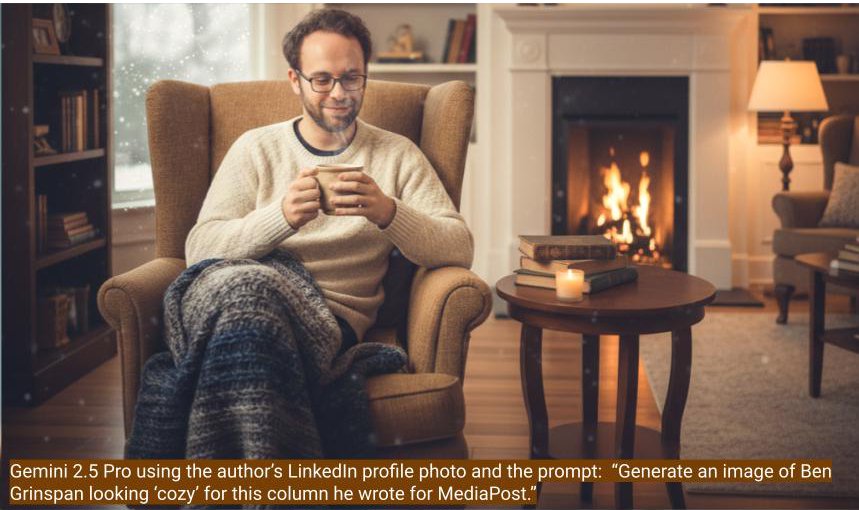
What if I told you there was a space in culture
today that grew by an average of 15% every fourth quarter since 2015? And that turmoil, instability, and uncertainty don’t weigh this space down, but instead appear to accelerate it?
It’s not a cryptocurrency or an algorithm. Instead, one of the hottest Q4/holiday season trends for ten years running is decidedly low-tech: coziness.
It’s not
earth-shattering to hear people want cozy as the weather gets colder: what’s noteworthy here though is the steady, significant growth in the subject. Google Trends finds demand for
“cozy” increasing dramatically. In fact, Q4 last year saw a particularly large jump in volume, with searches surging nearly 30% year-over-year.
Why are demands for
“cozy” growing and why, just as importantly, do they seem to be going unmet? Surely, if achieving coziness was as simple as throwing on a sweater and watching "Gilmore Girls," this growth
wouldn’t be so consistent.
To answer this, we need to think of cozy not just as a vibe but instead as a (fluffy) set of armor in a world that feels darker, colder, and more
unsettled every year.
Consumer demand for cozy (outside search) is abundantly clear across media, with audiences gravitating towards video games, series, and social platforms for a
dose of seasonal comfort.
The pandemic taught millions of Americans to love cozy gaming, connecting with its
mindfulness and simple, shut-out-the-world pleasures. Cozy mysteries have finally
become an important literary and streaming genre in America. Even cozy classics like the animals of Beatrix Potter are being repurposed as anti-hustle culture memes, expressing young people’s desire for a “soft life.”
These simple, hearth-and-home themes fortify us against the darkening,
chillier days of Q4 - and by extension the darkening, chillier context of the news, too. The scary, unsettled nature of today’s world has the large majority of Americans -- who rarely agree on
anything these days -- telling pollsters that the country is on the wrong track. Nothing pulls us to
the lure of comfort like the push of constant crises.
Of course, where there’s demand, there are people peddling solutions -- not all of which work.
A
good indicator of this market for cozy was evident last year, social platforms like Pinterest became awash in fake, AI-generated cozy imagery (think reading in a cafe on rain-dappled street but where the baked goods
float in mid-air). This AI slop always springs from some kind of audience demand, and there’s no doubt that the attention economy in Q4 2025 will produce similarly middling content to take
advantage of this trend.
For their part, brands have noticed and have turned up the “cozy” dial as well, albeit with mixed results. Take for example the ceaseless
rise of branded candle collabs and launches, where companies from KFC to Bud Light to Betty Crocker have all dabbled in unexpected, cozy-coded activations. While these candles speak to
softness and whimsy, in reality they exist mostly as PR plays, inserting the brand into the zeitgeist without really improving the consumer’s sense of comfort or security (is a fried chicken
candle really cozy anyway?).
And therein lies the problem: the more we crave cozy the less we seem to be able to find authentic manifestations of it. The answer for this
yearning isn't just creating cozy vibes, it’s about empowering consumers to feel safe and secure during a cold, chaotic, and often stressful time of the year.
This Q4 and
holiday season, brands would be wise to meet this unmet demand by projecting a sense of unbothered calm and self-care in a world that feels out of control. This isn’t about assigning blame for
this sense of chaos, it’s about helping consumers meaningfully remove it from their daily lives.
This will be particularly important for influencer strategy, as digital culture
is both a major cause of and answer for this demand. As teams nail down their holiday social content, their owned channels and creator partners need to show audiences how a brand’s product helps
people live a more unbothered, comfortable life when they yearn for it most. Blankets and roaring fires alone will not suffice.
Ultimately, if brands cozy up to that kind of impactful thinking
they’ll be able to meet Q4’s sought after yet unrealized demand.